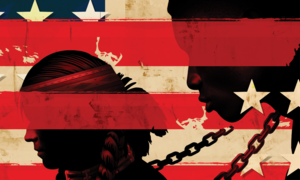the moment
The 1965 Voting Rights Act — 60th Anniversary
The 60th anniversary of the 1965 Voting Rights Act (VRA) reminds us that we need to not only preserve the protections of the VRA — and reinstate those that have been removed or diluted — but also to strengthen voting rights to achieve a thriving democracy in the United States. The VRA is more than a legacy of the Civil Rights Movement; it remains essential for ensuring equal access to the ballot.
- Why the 1965 Voting Rights Act Is Crucial for Democracy
- Our Votes Matter: Action Steps in Planning to Vote
- Understanding Voter Suppression in Today’s Election Process



